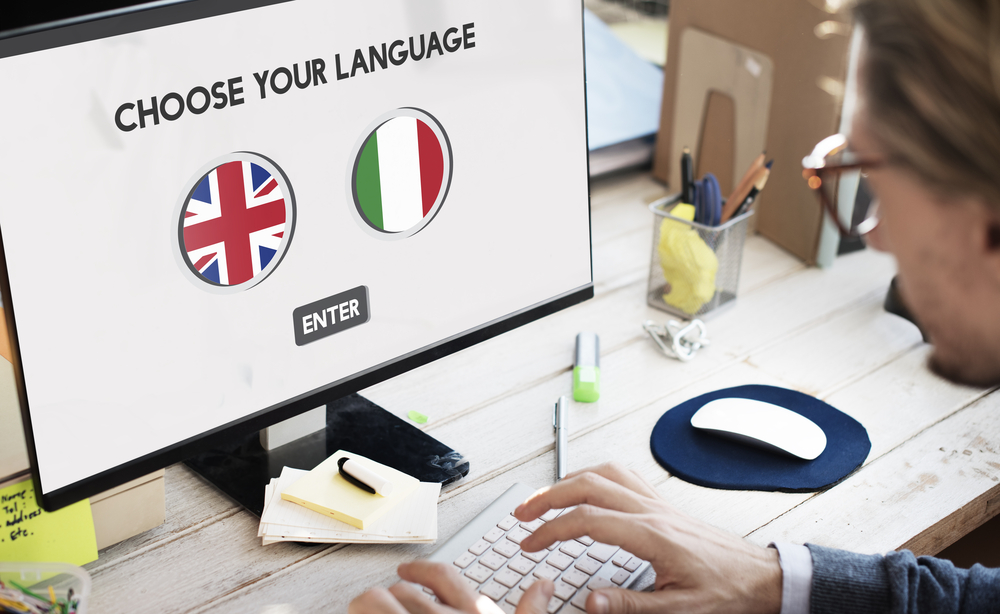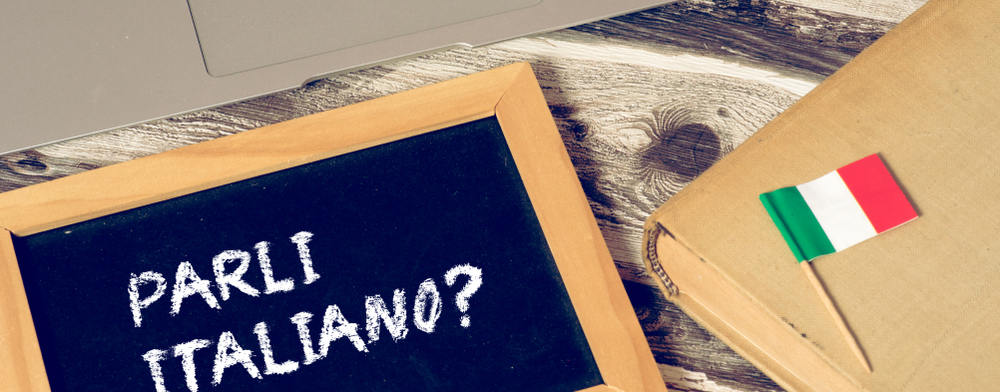Navigating the process of obtaining a sworn Italian translation can be complex, especially for those unfamiliar with the intricacies of language services and legal requirements. This guide aims to simplify this process, providing step-by-step instructions and essential information to ensure your documents are accurately and officially translated.
Understanding Sworn Translations
Sworn translations, also known as certified or official translations, are required for legal documents that need to be presented in a country different from where they were issued. These translations are performed by a professional translator who has been authorised by the courts or a government body to attest to the accuracy and fidelity of the translation.
In Italy, this certification is especially crucial for documents such as birth certificates, marriage certificates, legal proceedings, and academic records when they are to be used in official capacities.

Identifying a Qualified Translator
The first step in obtaining a sworn Italian translation is to find a translator who is legally recognised to perform such services.
In Italy, these translators are often referred to as “traduttori giurati” (sworn translators). They are typically appointed by a court and have the authority to certify their translations as true and accurate representations of the original documents.
Researching Credentials
It’s essential to ensure that the translator you choose is adequately qualified. This can be verified through various professional bodies or translator associations in Italy, such as the AITI (Italian Association of Translators and Interpreters) or the ANITI (National Association of Translators and Interpreters).
These organisations maintain directories of their members, many of whom are sworn translators.
Checking Specialisations
Additionally, consider the translator’s area of expertise. Legal, medical, or technical documents, for instance, require translators who are not only language experts but also familiar with the specific jargon and conventions of these fields.
Preparing Your Documents
Before submitting your documents for translation, ensure that they are in good condition and all text is legible. If your documents are not in Italian, they first need to be translated into Italian before being certified by a sworn translator.
Official Copies
In some cases, you might need to provide a notarised copy of the document. This means the copy is officially recognised and can be used for legal purposes. Check with the relevant authorities or the translator if this is necessary for your documents.
The Translation Process
Once you have chosen your translator and prepared your documents, the actual translation process begins. This involves several key steps:
Initial Assessment: The translator will first evaluate the document to understand its content and determine the complexity and time required for translation.
Translation: The translator then proceeds to translate the document, ensuring that the meaning and legal nuances of the original text are accurately conveyed in Italian.
Certification: After the translation is completed, the translator will certify it. This typically involves attaching a statement to the translation, affirming that it is a true and faithful translation of the original document. The translator also stamps and signs both the translation and the original document.
Final Verification: It’s advisable to have the translated document reviewed by a legal professional or the requesting authority to ensure it meets all necessary requirements.
Using Italian Sworn Translation Services
For those who prefer a more streamlined approach, Italian sworn translation services offer a convenient solution. These services manage the entire process, from finding a qualified translator to ensuring the translation is certified and meets all legal requirements.
It’s important to choose a reputable service to guarantee the accuracy and acceptability of your translated documents.
Conclusion
Obtaining a sworn Italian translation involves several critical steps: finding a qualified translator, preparing your documents, and going through the translation and certification process.
Whether you opt to manage these steps independently or utilise Italian sworn translation services, it’s crucial to ensure the translator’s qualifications and the accuracy of the translation. This guarantees your documents will be accepted by legal and governmental bodies, fulfilling their intended purpose.





